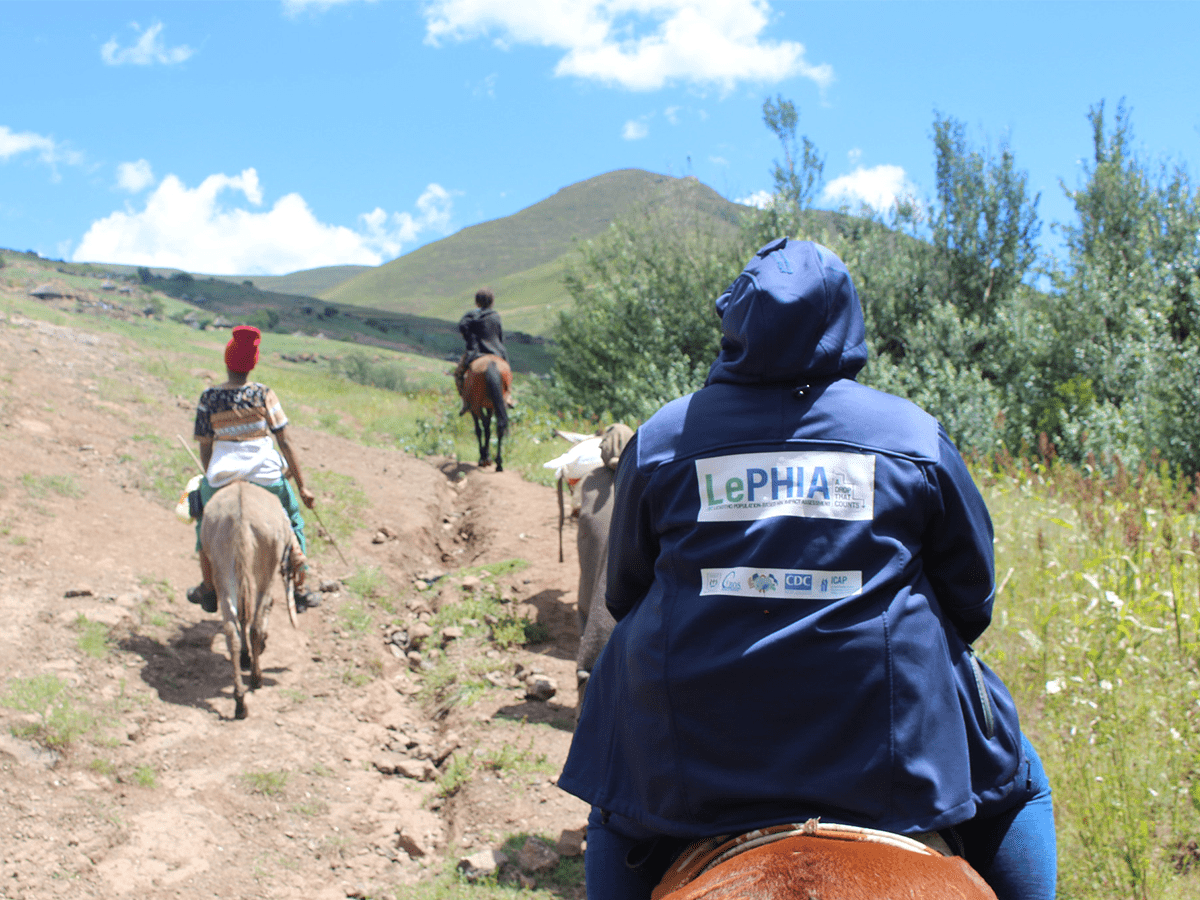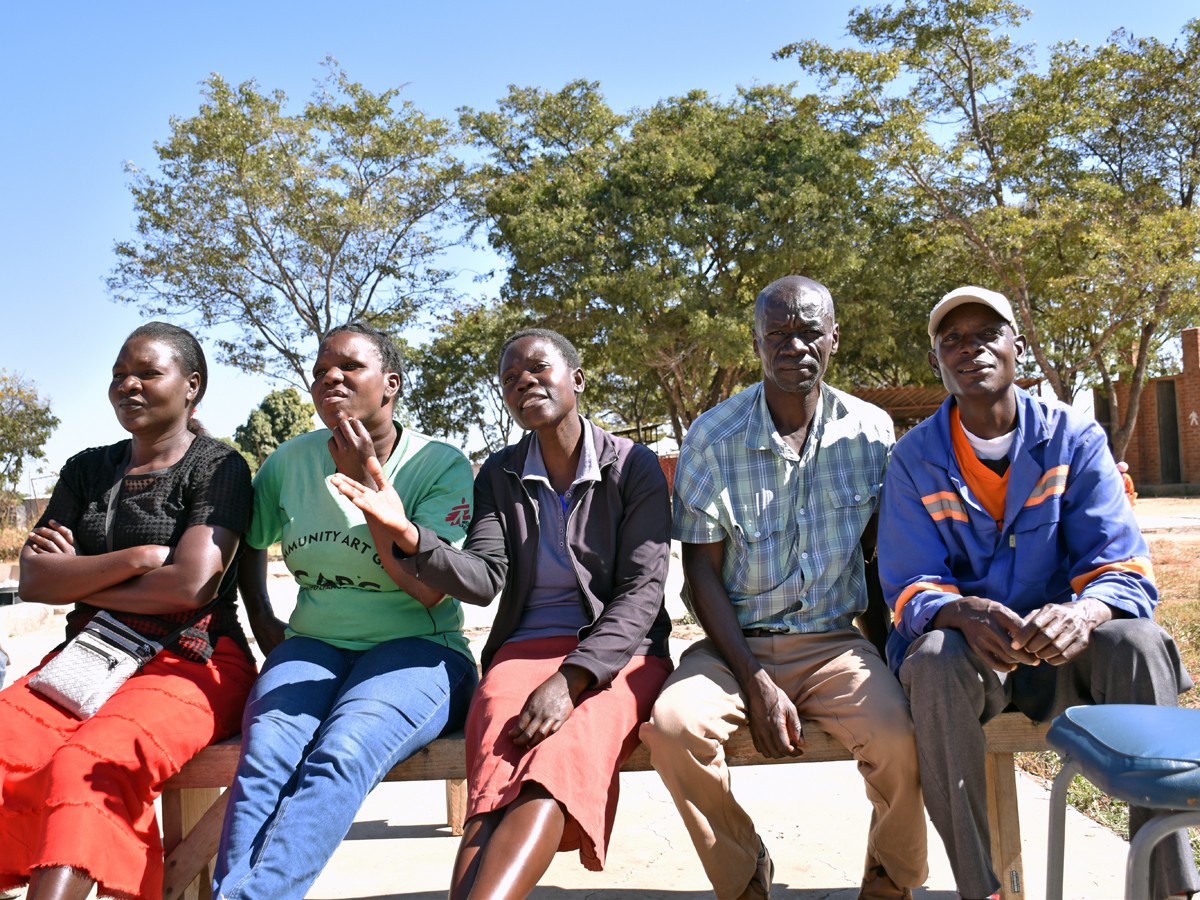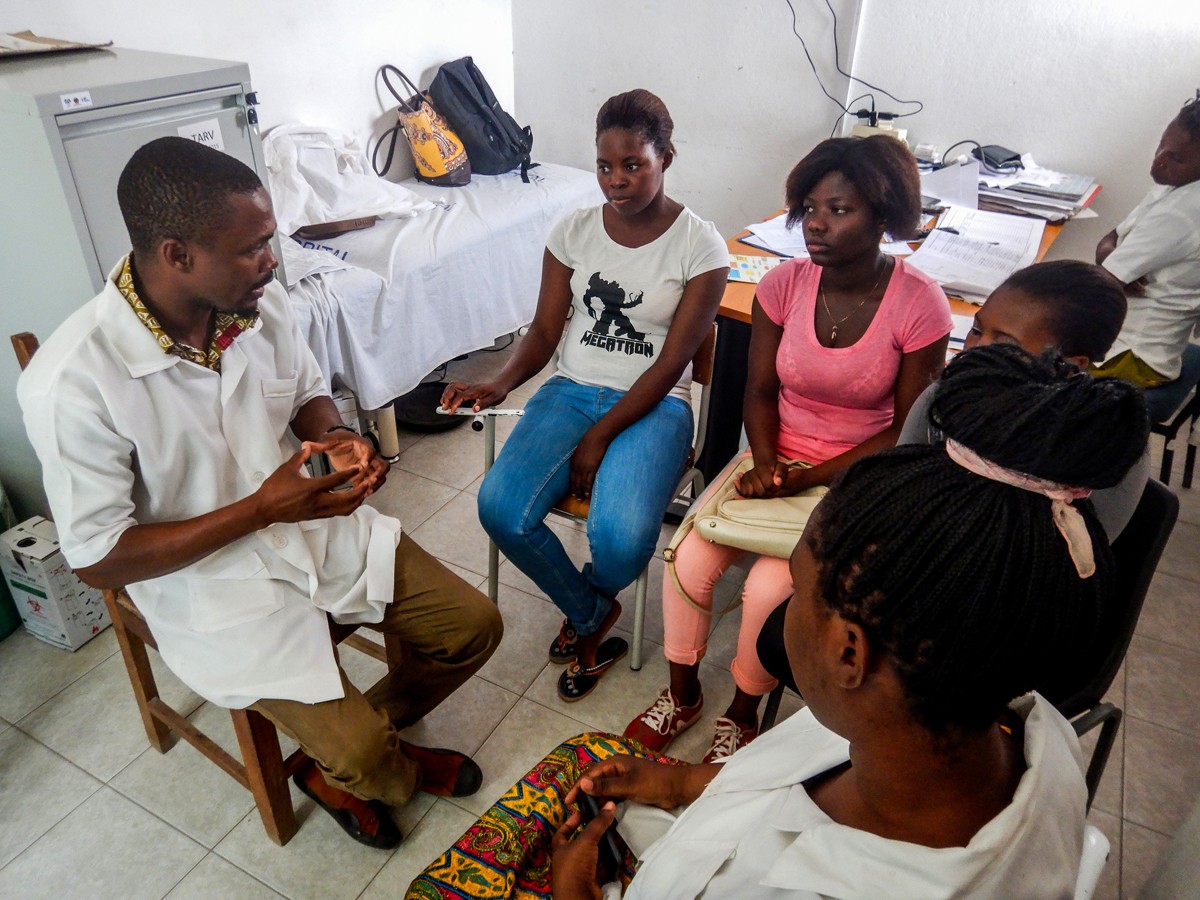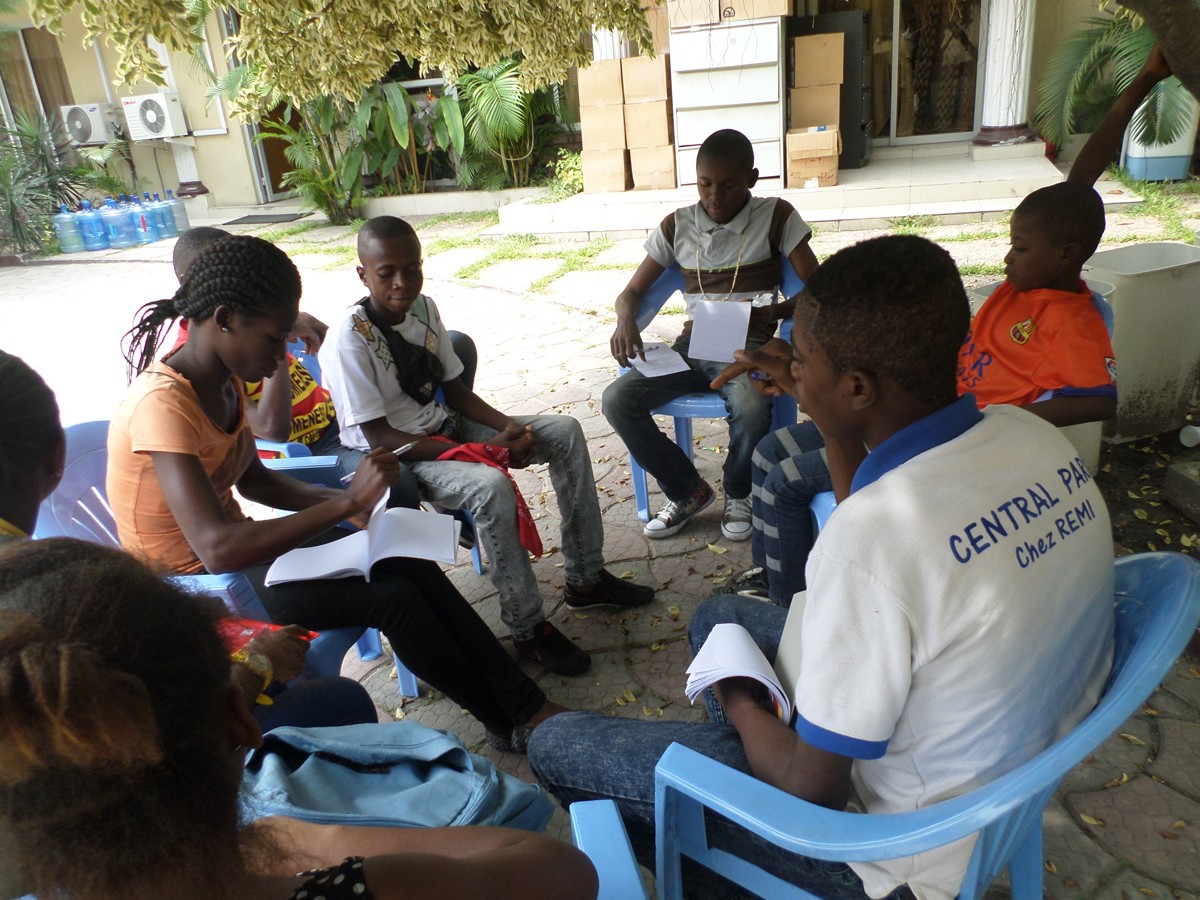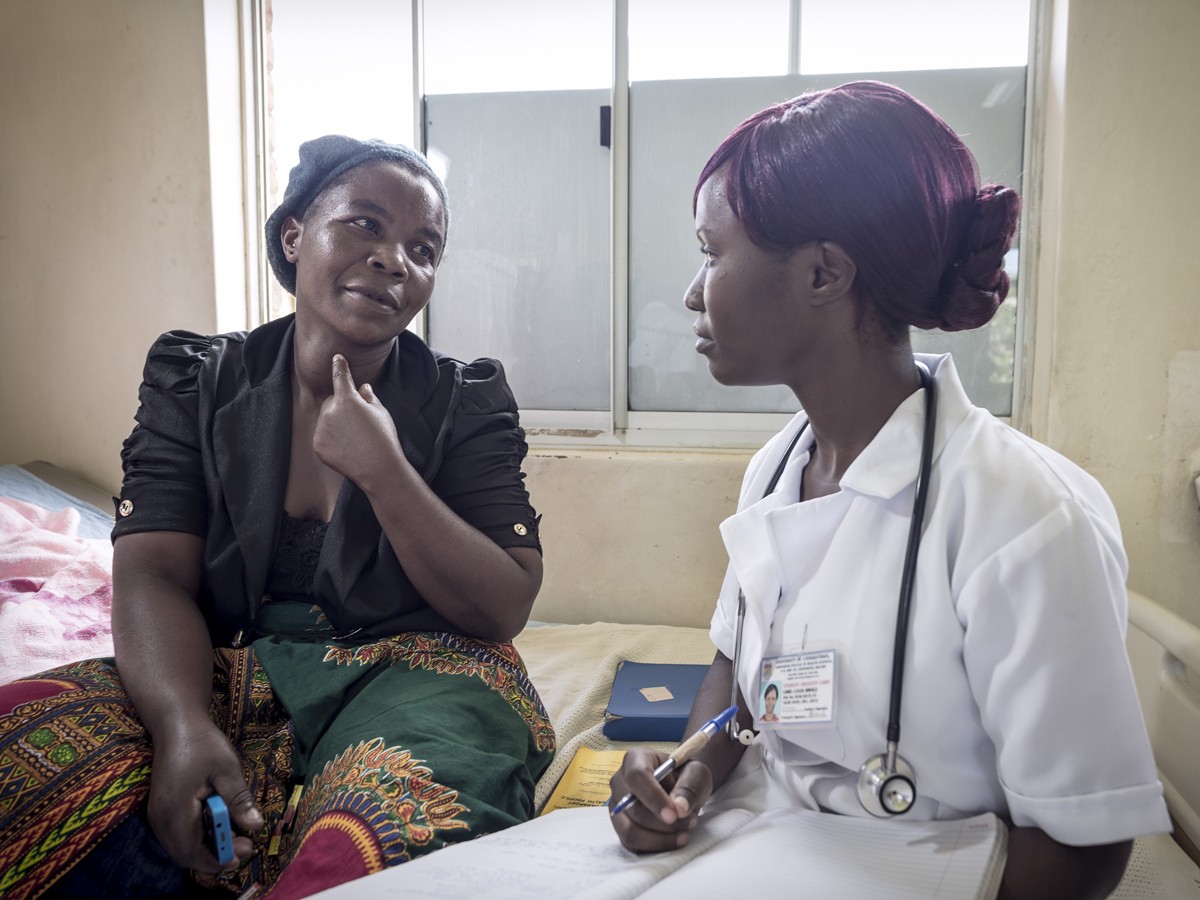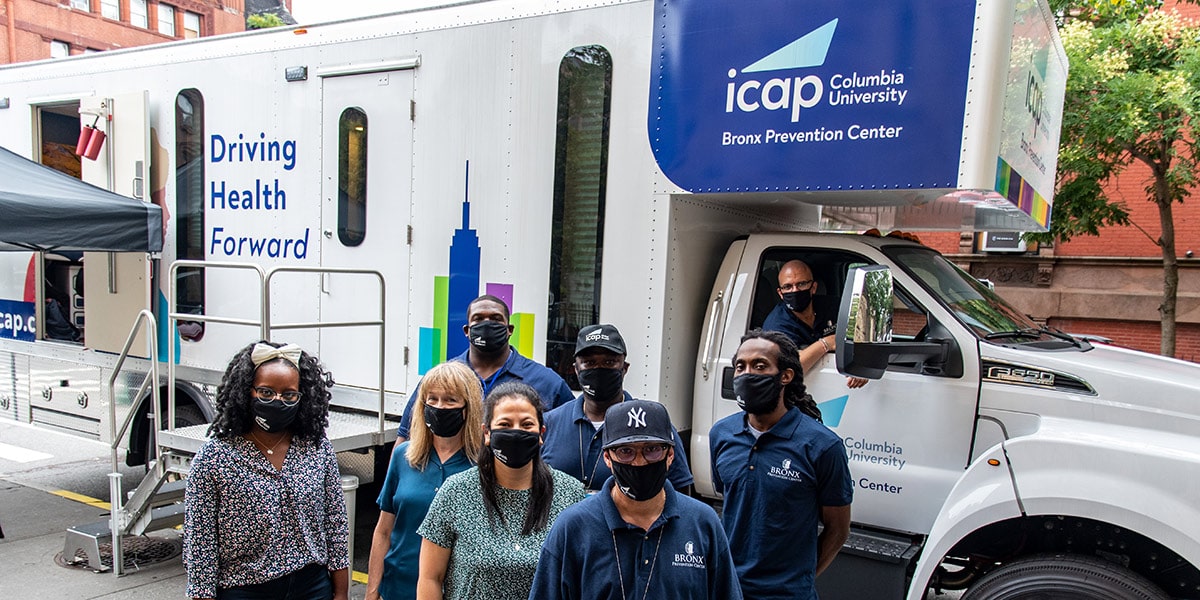Thin K, Frederix K, McCracken S, Letsie M, Low A, Patel H, Parekh B, Motsoane T, Ahmed N, Justman J, Callaghan L, Tembo S, Schwitters A.
AIDS. 2019 Aug 22. doi: 10.1097/QAD.0000000000002351. [Epub ahead of print]
Abstract
OBJECTIVE:
The Lesotho Population-based HIV Impact Assessment (LePHIA) survey was conducted nationally and designed to measure HIV prevalence, incidence, and viral load suppression (VLS).
DESIGN:
A nationally representative sample of 9,403 eligible households was surveyed between November 2016 and May 2017; analyses account for study design. Consenting participants provided blood samples, socio-demographic and behavioral information.
METHODS:
Blood samples were tested using the national rapid HIV testing algorithm. HIV-seropositive results were confirmed with Geenius supplemental assay. Screening for detectable concentrations of antiretroviral (ARV) analytes was conducted on dried blood specimens from all HIV-positive adults using high-resolution liquid chromatography coupled with tandem mass spectrometry. Self-reported and/or ARV biomarker data were used to classify individuals as HIV-positive and on treatment. Viral load testing was performed on all HIV-positive samples at central labs. VLS was defined as HIV RNA < 1000 copies per mL.
RESULTS:
Overall, 25.6% of adults ages 15-59 were HIV-positive. Among seropositive adults, 81.0% (male: 76.6%, female: 84.0%) reported knowing their HIV status, 91.8% of people living with HIV (male: 91.6%, female: 92.0%) who reported knowing their status reporting taking ARVs, and 87.7% (male and female: 87.7%) of these had VLS. Younger age was significantly associated with being less likely to be aware of HIV status for both sexes.
CONCLUSIONS:
Findings from this population-based survey provide encouraging data in terms of HIV testing and treatment uptake and coverage. Specific attention to reaching youth to engage them in HIV-related intervention is critical to achieving epidemic control.


